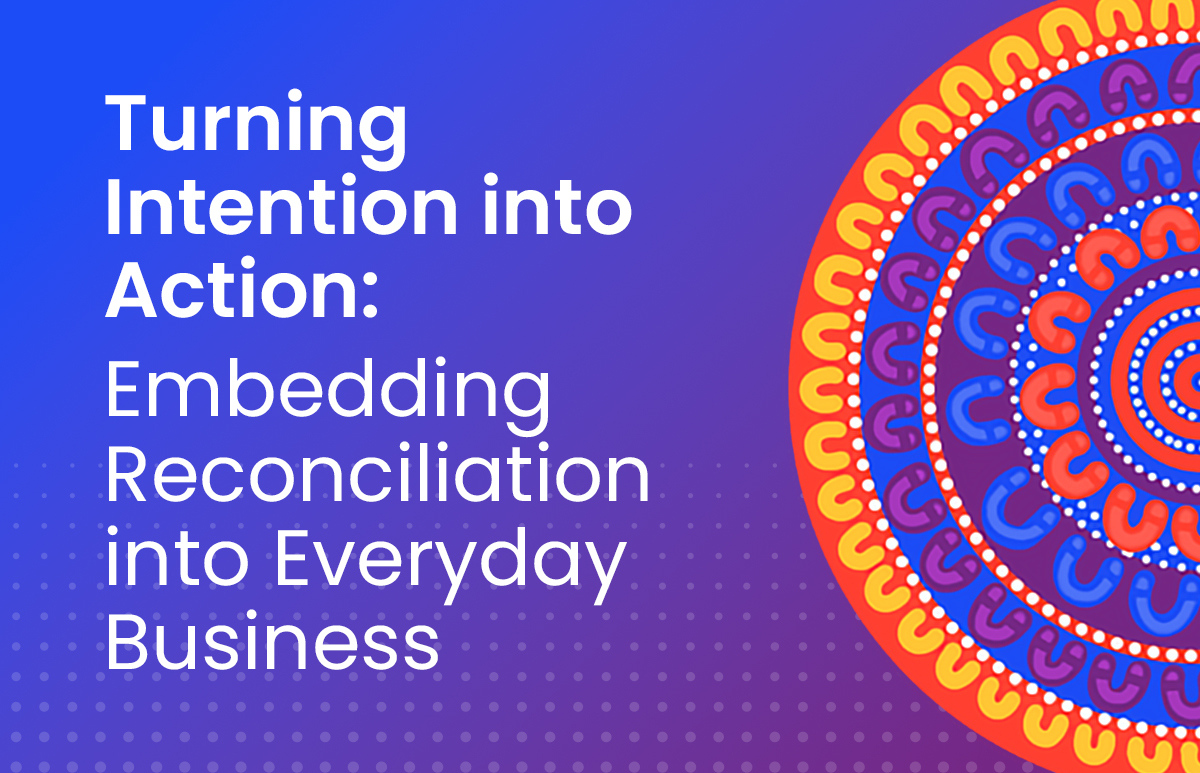The Right to Disconnect Isn’t Enough to Combat Burnout
Despite the ‘Right to Disconnect’ laws being legislated in August 2024, a year on, many employees are still feeling the pull of work well beyond their contracted hours.

But what’s driving this behaviour? Are there strategies and tools you can use to combat the pressure of being ‘always on’?
To understand employee feelings on a deeper level, let’s look at some recent data from ELMO’s Employee Sentiment Index (ESI) that we tracked from April to June 2025.
Our survey of over 1000 Australian employees found that:
- 62% of employees have responded to work messages out-of-hours just to appear committed or avoid judgement
- 1 in 6 have felt real consequences for not responding, ranging from employers questioning their commitment to missed promotions
- 37% don’t feel comfortable ignoring out-of-hours contact, rising to 44% for women
These aren’t just numbers. They speak to genuine pressure felt by real employees, issues in workplace culture and a costly oversight for businesses hoping to retain and energise their people.
Burnout is a serious and calculable issue
A whopping two in five employees (40%) say they’ve felt ‘burnt out’ in the past three months. That’s a rather concerning figure. To add to this, 17% also took a mental health day, both strong indicators that this is a very real phenomenon that needs to be addressed by HR leaders and businesses at large.
The problem of presenteeism
But this isn’t just self reported burnout or the pressures of after hours connection, it’s also what’s known as ‘presenteeism’. For example, we found that 37% of employees have shown up to work while feeling unwell, a slight increase from the previous quarter. This persistent drive to be visible, even in the face of ill health, shows us that many still equate value with availability.
Burned out or unwell employees who show up deliver their last reserves, not their best work.
When financial stress keeps people “always on”
The pressure to stay connected after hours isn’t just about culture or internal policy enforcement, it’s also financial. We can see these stressors in the following ESI findings:
- 45% of employees say their income doesn’t meet their financial needs
- 1 in 7 feel they’re earning nowhere near enough
- Only 30% feel economically secure
- 47% believe they must work harder or longer to keep their jobs safe
In this kind of economic environment, ignoring after hours contact can feel risky. No surprise then that almost two thirds of employees admit they respond just to ‘look committed’, and 1 in 6 have faced actual consequences for not replying, including being accused of a lack of commitment, being passed over for a promotion and even having their salary or performance affected
What may look like dedication could very well just be survival mode. Addressing all financial concerns may be out of your hands, but looking at your overall culture around wellbeing and disconnection, as well as putting strategy and useful tools in place to manage it better, is possible.
Burnout isn’t merely a ‘vibe’, it’s a business risk
While the Right to Disconnect provides legal protections for employees to forgo responding to out-of-hours comms within reason, it does little on its own to change workplace norms, employee sentiments and employer expectations.
When perpetual contactability, burnout and presenteeism are the norm, you’re probably not getting focused, productive work from your people. You’re getting output that’s likely powered by fear, fatigue and survival mode.
This draining combination can lead to lower engagement, increased absenteeism, and a culture that perpetuates deeper disengagement. Over time, it drives higher turnover and chips away at trust, motivation and healthy team dynamics.
Sustained business results don’t come from employees being always available. They come from teams who are fresh, healthy, supported and clear on their goals.
7 steps you can take now
Burnout can’t just be a nebulous metric you observe and record. It has to be something you actively address.
While there’s no silver bullet here, concerted effort along a number of policy and culture fronts (particularly in conjunction with managers and leaders) can make a serious difference.
Actions you can get started on now:
- Work with leaders to reframe productivity around outcomes, not hours
- Use data from performance reviews, goal tracking, and surveys to identify early signs of stress and disengagement
- Equip managers to recognise and respond to burnout, and give them tools such as pulse surveys and 1:1 coaching resources
- Ask managers to make weekly priorities clear during 1-on-1 meetings so employees can focus on key tasks
- Encourage managers to run regular “wellness” check-ins to identify if workload is impacting employees negatively
- Facilitate meaningful conversations that clarify expectations, promote autonomy, and invite honest feedback
- Regularly review and adjust workloads and expectations in high-risk roles or teams
When tackled as an organisation, and led by the unique vantage point of HR, these actions in tandem can create a deeper and more meaningful cultural shift.
Useful tools for burnout visibility and prevention
Solutions like ELMO Performance empower HR teams to track engagement over time, correlate it with performance and feedback data, and proactively flag employees who may be at risk. It also gives employees the feedback, ownership and growth they need to stay motivated, but not overwhelmed.
When combined with ELMO Surveys or other wellbeing tools, the result isn’t just visibility, it’s the potential for meaningful preventative action.”
It’s time for a culture change!
It’s easy to tick a compliance box and move on. But if only 30% of employees feel truly comfortable ignoring after-hours work and 23% think support for disconnecting is ‘just for show’ then culture and internal policy enforcement is lagging behind legislation.
HR and business leaders must go beyond reminders and memos. This means:
- Reinforcing boundaries through good policy and LMS training
- Holding managers to account and making role modelling non-negotiable
- Creating a culture of open feedback
- Placing more emphasis on wellbeing initiatives
- Using employee insights to drive system-wide improvements, not just engagement scores
Read the full ESI Report
The businesses that thrive will be those that recognise mental health and employee/business boundaries not as ‘nice-to-haves’, but as strategic imperatives.
 HR Core
HR Core 









